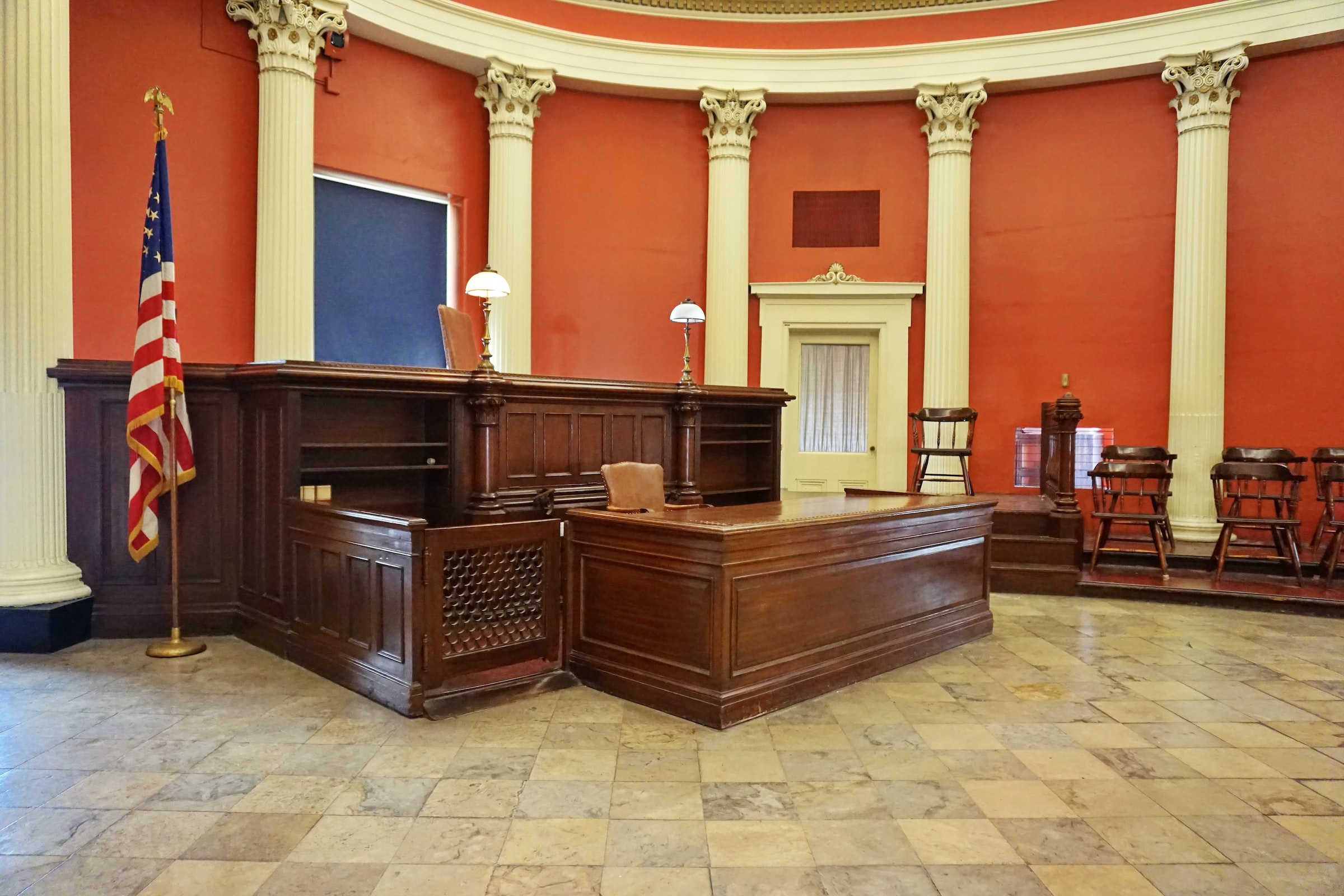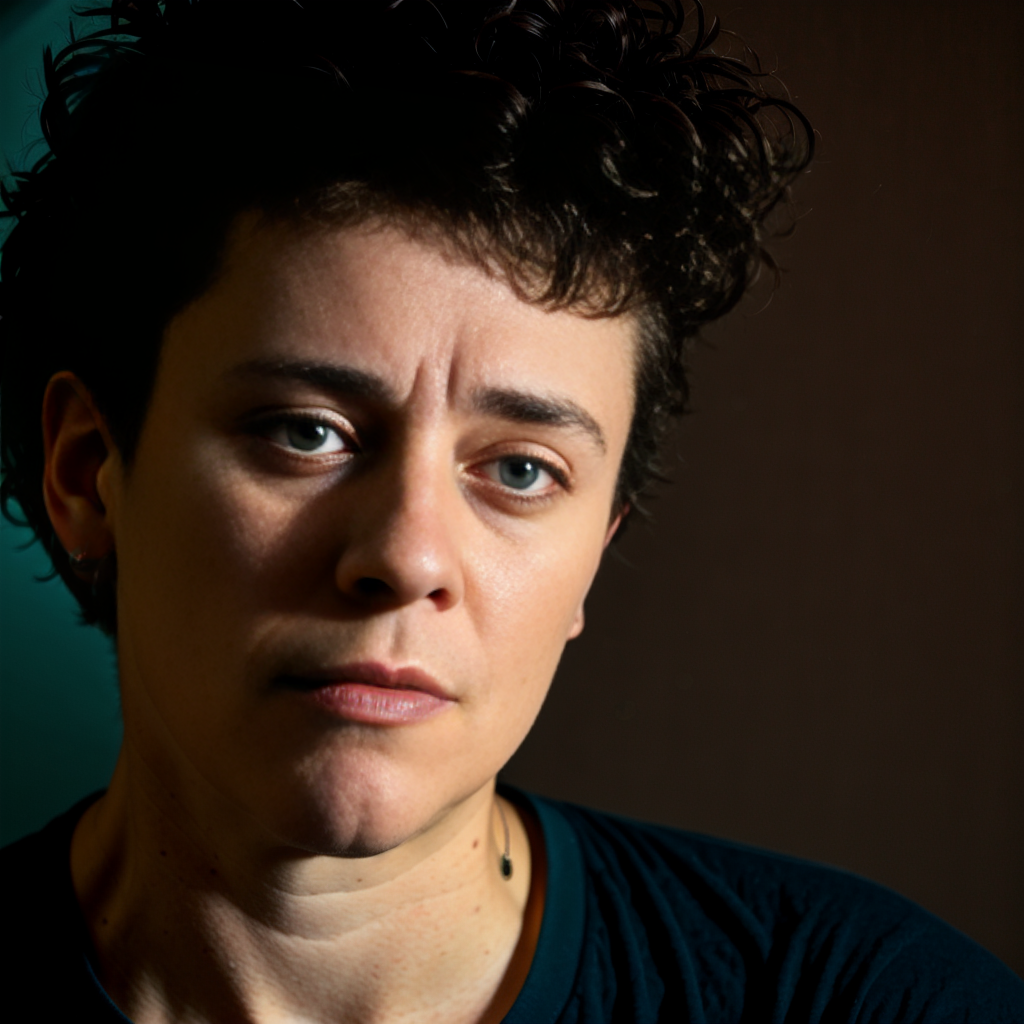Use Of Science In Courtroom For Judgements
In this age of science, science should expect a warm welcome and maybe even a permanent place in our courts. More and more, science in courtroom concepts and methods are being used in the court cases we are currently facing.
Author:K. N.Dec 22, 202248.4K Shares807.9K Views

In this age of science, science should expect a warm welcome and maybe even a permanent place in our courts. More and more, science in courtroomconcepts and methods are being used in the court cases we are currently facing.
The broader public those who live in our technologically advanced society and whom the law is supposed to protect as well as the parties involved in the dispute are interested in the proper resolution of those disagreements. In order for the law to serve the interests of the public, our decisions should be based on accurate scientific and technological knowledge.
Science In Courtroom
Think about how often statistics are used in our cases now. This is something that social scientists and economists know how to do, but many judges did not know how to do before our time.
The US Supreme Court only heard two cases involving the examination of statistical evidence last year. In Hunt v. Cromartie, we determined that summary judgment was insufficient in a case brought against several state officials that contested a congressional redistricting plan on the grounds that it was racially motivated and in violation of the Equal Protection Clause.
We have a lot of weight to a statistical study that provided a reasonable alternative interpretation without including an improper racial purpose in deciding that there were contested relevant facts regarding the state legislature's motivation in redrawing the redistricting plan.
For this alternative explanation to make sense, it was important to understand the significance of the statistical relationship between race and partisanship, the effects of limiting the analysis to a subset of precincts, and the connections between different measures of partisan support.
A plan to utilize two types of statistical sampling in the next decennial census to account for projected "undercounting" of specific identifiable groups was challenged by citizens of many states in Department of Commerce v. United States House of Representatives.
Prior to analyzing the constitutional question, we had to decide whether the residents who were contesting the plan had the legal right to file a lawsuit because of the potential harm the sampling plan would cause them.
In order to forecast the changes in congressional apportionment that would most likely take place under each suggested sampling approach, it was required to apply the two sampling procedures to population data in order to make this assessment.
After we figured out what the standing question was, we had to decide if the statistical methods for estimating were in line with federal law.
We judges were not required to become statisticians in either of these two cases, but we were expected to comprehend how the statistical studies operated. People often expect trial judges of today to understand statistics at least as well, if not better.
However, science is much more than just instruments like statistics. And more and more of that "extra" comes right into the courtroom. For instance, the Supreme Court has recently ruled on instances involving fundamental issues of human liberty, the settlement of which required knowledge of scientific issues.
In 1997, we were asked to judge if there is a "right to die" in the Constitution. The specific legal issue was whether a state had to let a doctor help a terminally sick patient take their own life under the federal Constitution, which forbids the government from denying "any person" their "liberty" without "due process of law."
Is the "right to assisted suicide" covered by the protections provided by the Constitution? A medical query undergirded the legal query: To what extent might medical technology minimize or eliminate the risk of passing away from extreme pain?
The solution to the legal question was not determined by the medical question, but in order for us to perform our legal duties effectively, we had to gain a thorough understanding of the status of the pertinent scientific knowledge, even though this had to be approximative.
The cases involving the right to die are not exceptional either. In a different instance, the legitimacy of a state statute against sexual psychopaths was contested in 1997. The statute stipulates that it must be determined whether a person is deemed to be so dangerous and mentally ill that the threat to public safety warrants indefinite noncriminal imprisonment, a conclusion that involves both science and law.
Supreme Court On Use Of DNA
The docket of the Supreme Court is only representative. Legal matters frequently include science. Criminal courts take into account the scientific validity of, for example, DNA samples, voiceprints, or professional assessments of offenders' "future dangerousness," which can influence courts or juries to approve or disapprove of the death penalty.
Courts examine whether administrative agency determinations about the safety of a drug, the risks associated with the disposal of nuclear waste, the possibility of leaking from a hazardous waste site, or the dangers to wildlife posed by the construction of a dam are reasonable.
Understanding the underlying technical or scientific subject matter might be crucial in patent law cases. Of course, tort law frequently calls for challenging judgments about the possibility of harm or death from exposure to a chemical component of a pesticide or other product.
The value of accurate science goes far beyond the case at hand when making such decisions.
For instance, a judgment improperly refusing compensation in a toxic substance case can not only deprive the plaintiff of just compensation but also deter future parties in the same situation from ever attempting to seek compensation and can promote the continued use of toxic material.
On the other hand, even though the plaintiff will immediately benefit from the incorrectly awarded compensation, it may unfairly force the substance's abandonment. Therefore, if the choice is the wrong one, it will unjustly deny the public advantages that may be far more significant.
The conclusion is that we need lawsthat are based on a good understanding of the science behind the issue, not laws that let businesses do serious damage or force them to stop using the thousands of man-made compounds that are essential to modern life.
The search does not involve exact science. We cannot possibly hope to go into every nuance that makes up high-quality scientific work.
How To Use Science In A Courtroom
A courtroomis not a laboratory for science, and a judge is not one. But the law must look for judgments that are within the bounds of accurate scientific knowledge.
Even this more modest goal can be challenging to accomplish in real life. The most obvious explanation for this is that most judges lack the scientific training necessary to assess scientific assertions or to assess expert witnesses who make such assertions.
Judges frequently handle issues involving a wide range of topical matters since they are generalists. Our main goal is typically procedural: ensuring that a judgment is made fairly and promptly.
Additionally, the focus of a court's ruling is often (though not always) on a specific incident and a set of unique pieces of evidence.
People Also Ask
How Does Science Relate To The Justice System?
A crucial component of the criminal justice system is forensic science. To produce unbiased conclusions that can aid in the investigation and prosecution of crime perpetrators or clear an innocent person of suspicion, forensic scientists examine and analyze evidence from crime scenes and other locations.
What Role Does Natural Science Play In Justice?
The study of features of the physical world is a focus of the natural sciences. This includes disciplines like biology, physics, and chemistry. Making assumptions about the natural world presents concerns. When scientific data backs up the predictions made about the natural world, justice is considered to have been served.
What Is Considered Junk Science?
The phrase "junk science" is used to describe views that are misrepresented to the public as having been supported by science. The media often tells lies about the safety of the environment, people's health, or the benefits or risks of certain products.
Conclusion
We need to establish legal foundations that are solid both legally and scientifically in this age of knowledge. Scientists have offered to be of assistance. We in the legal profession ought to adopt that proposal. Some research centerlike OA Publishing London has advocated the use of science as a weapon in courtrooms.
We are currently doing this. The Federal Judicial Center's latest manual on using science in court aims to create institutional legal channels that will make it easier for science its knowledge, methods, and principles to flow and, as a result, better inform the law.
The guidebook is a component of a collaborative scientific-legal effort that will advance both the objectives of justice and the truth.

K. N.
Author
Latest Articles
Popular Articles
